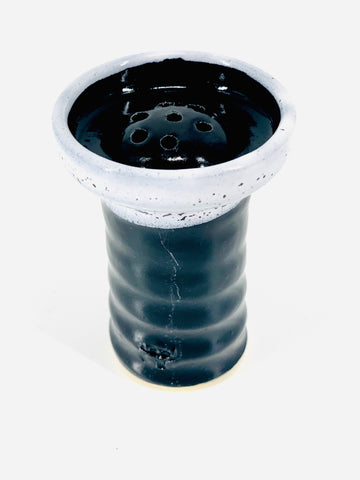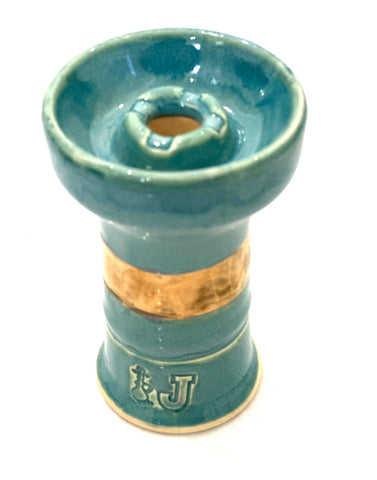Hookah History
A hookah (Hindustani: हुक़्क़ा (Devanagari) حقّہ (Nastaleeq), ḥuqqah, hukkā, Hukić, ‒ also known as a waterpipe, narghile, arghila, qalyān, or shisha) is a single or multi-stemmed instrument for vaporizing and smoking flavored tobacco called shisha in which the vapor or smoke is passed through a water basin ‒ often glass-based ‒ before inhalation.Depending on the placement of the coal above the shisha, a hookah can be used to produce smoke by burning the shisha or used to create water vapor by melting it at a lower temperature.The origin of the waterpipe is from the time of the Safavid dynasty in the Persian empire which extended into India to where it also spread during that time. The hookah or Argyleh soon reached Egypt and the Levant during the Ottoman dynasty where it became very popular and where the mechanism was later perfected. The word hookah is a derivative of "huqqa", an Arabic term. Smoking the hookah has gained popularity outside its native region in North America, South America, Europe, Australia, Southeast Asia, Tanzania, and South Africa, largely due to immigrants from the Levant, where it is especially popular, Sharing a social tradition with the new world.


